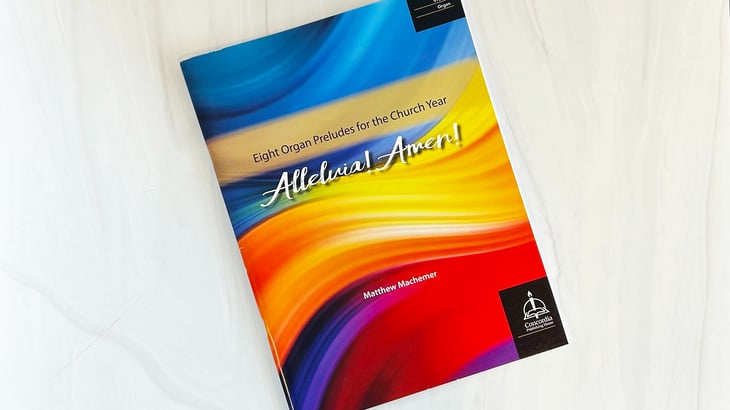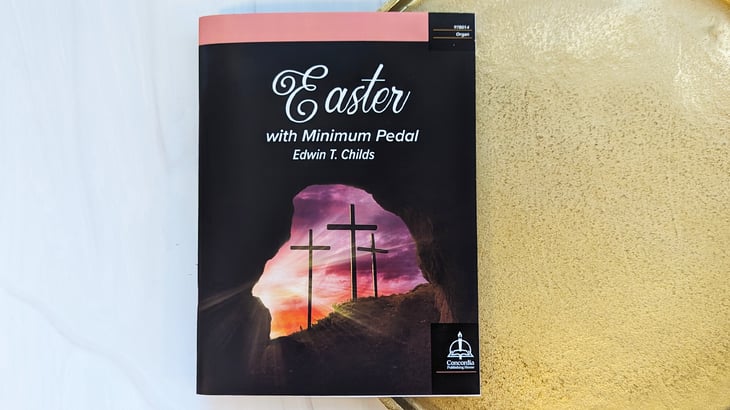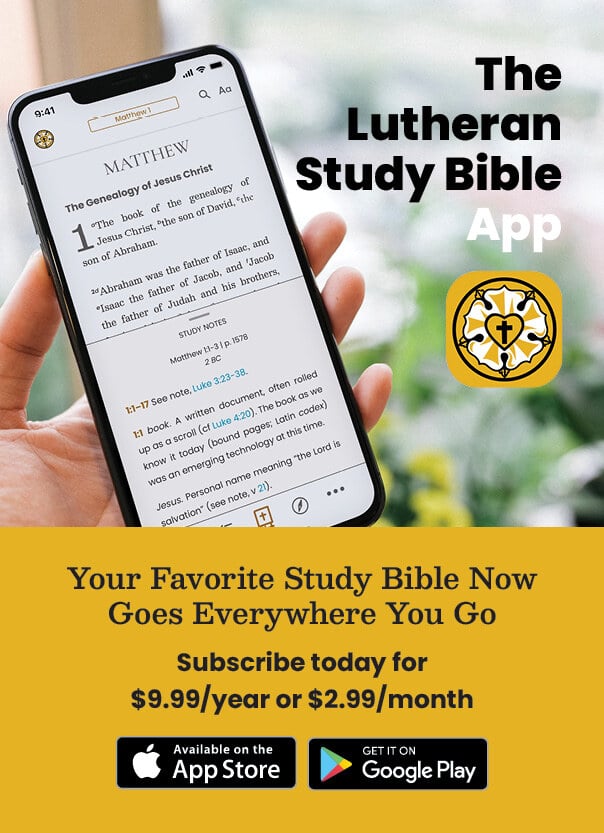Recent Posts by Nathan Grime
Music of the Month: “Stricken, Smitten, and Afflicted: A Lenten Plainsong”
You would never guess that the source of this tune was not chant after hearing this piece. The pushing and pulling tension of chant complements this text in a way never before heard, making for passionate and moving song. This arrangement of “Stricken, Smitten, and Afflicted: A Lenten Plainsong” is flexible for unison, SA choirs, or solo use and would be appropriate for Lent and especially Good Friday.
Music of the Month: Christmastide Fughettas
Ornament your Christmas worship with delightful fughettas using Christmastide Fughettas! This large collection of fourteen hymn-based fugal settings by Donald Rotermund is creative and inventive. Having optional repeats throughout and designed for flexibility, these pieces could be used as solo organ stanzas; as preludes, voluntaries, or postludes; and as introductions or interludes using excerpts.
Music of the Month: Angels We Have Heard on High—New Setting by John Behnke
John A. Behnke’s concertato setting of the beloved Christmas carol “Angels We Have Heard on High” is written for SATB choir, congregation, and organ, and the setting also includes optional parts for handbells and orchestra. If handbells and/or an orchestra are unavailable, the concertato remains a fine setting for the congregation and choir this Christmas. Perform it with everything or incorporate just the subset of instruments you have available.
Music of the Month: Christ Is Made the Sure Foundation
Jeffrey Blersch’s organ collection Christ Is Made the Sure Foundation features four variations on the tune WESTMINSTER ABBEY. The first masterfully incorporates a Purcell sonata for a regal feel, with the tune in the pedal. The next variation is a light tricinium, with a slow-moving cantus firmus in the left hand, continuous movement with ornamentation in the right hand, and a walking bass in the pedal. This is followed by a movement of lush harmonies utilizing strings with a flute solo in the pedal. The collection finishes with a gripping variation that shifts back and forth between a big, grand, almost menacing maestoso section and an energetic, dancing 6/8 that keeps shifting keys—full of surprises and fun to play.
Music of the Month: Grace Unbounded: Short and Easy Lord’s Supper Preludes
Treating sixteen tunes commonly associated with the Lord’s Supper, Grace Unbounded is a book you will always want handy for Communion distribution. When you’re not sure how much music will be needed, these brief pieces of two or three pages in length are an ideal choice. A wide variety of techniques keep the settings interesting and fun while being easy to play.
Music of the Month: Piano Prelude Series
Following the successful Hymn Prelude Library series for organ comes a comprehensive set of piano preludes for all the hymn tunes in Lutheran Service Book. Not an adaptation of the organ series, this collection features newly composed pieces by dozens of composers who write in a variety of styles and harmonizations. The pieces are useful as preludes and postludes, as music at the offering, for introductions, and during distribution, as well as for those who play hymns at home.
Music of the Month: Richard Hillert: The Unpublished Organ Works
Eight recently discovered organ works of distinguished composer, teacher, and parish musician Dr. Richard Hillert (1923-2010) are being newly released in Richard Hillert: The Unpublished Organ Works. These settings have never been published before and are all settings of commonly used hymn tunes. They should be a welcome addition to the church organist’s repertoire, especially for those who have studied with Hillert; for those who have played, sung, and admired his work; and for those in the future who have yet to encounter the music of this remarkable man.
Music of the Month: Classic Concordia Chorale Preludes
Classic Concordia Chorale Preludes is a large collection of miniature chorale prelude gems mined from the Concordia Publishing House (CPH) catalog of the 1950s through 1980s. These pieces represent some of the best titles previously found in the Concordia Hymn Prelude Series, The Parish Organist, Preludes for Hymns in the Worship Supplement, and several other individual collections. Prefacing every piece is a page giving background information about the tune (its source, form, and melodic characteristics) and the organ setting (its composer, publication source, compositional aspects, and suggested registration). This collection is of great use for both worship and academic situations, encouraging organists to learn and share a broad, balanced repertoire that includes music of the recent past.
Music of the Month: Alleluia! Amen! Eight Organ Preludes for the Church Year
The Eight Organ Preludes for the Church Year series continues with “Alleluia! Amen!” and features the accessible and versatile writing that characterizes previous releases in the series. Organists of varied ability levels will find these pieces useful throughout the Church Year as well as musically edifying. This edition is wonderful for any church organist’s library!
Music of the Month: Easter with Minimum Pedal
Edwin T. Childs adds to his series of settings for minimal pedal, providing a collection of hymn tunes for the Easter season. Composed as a single stanza, these preludes are suitable as hymn introductions or service music. Easter with Minimum Pedal will appeal to organists who have limited pedal abilities or seasoned organists who need something in a pinch.




















